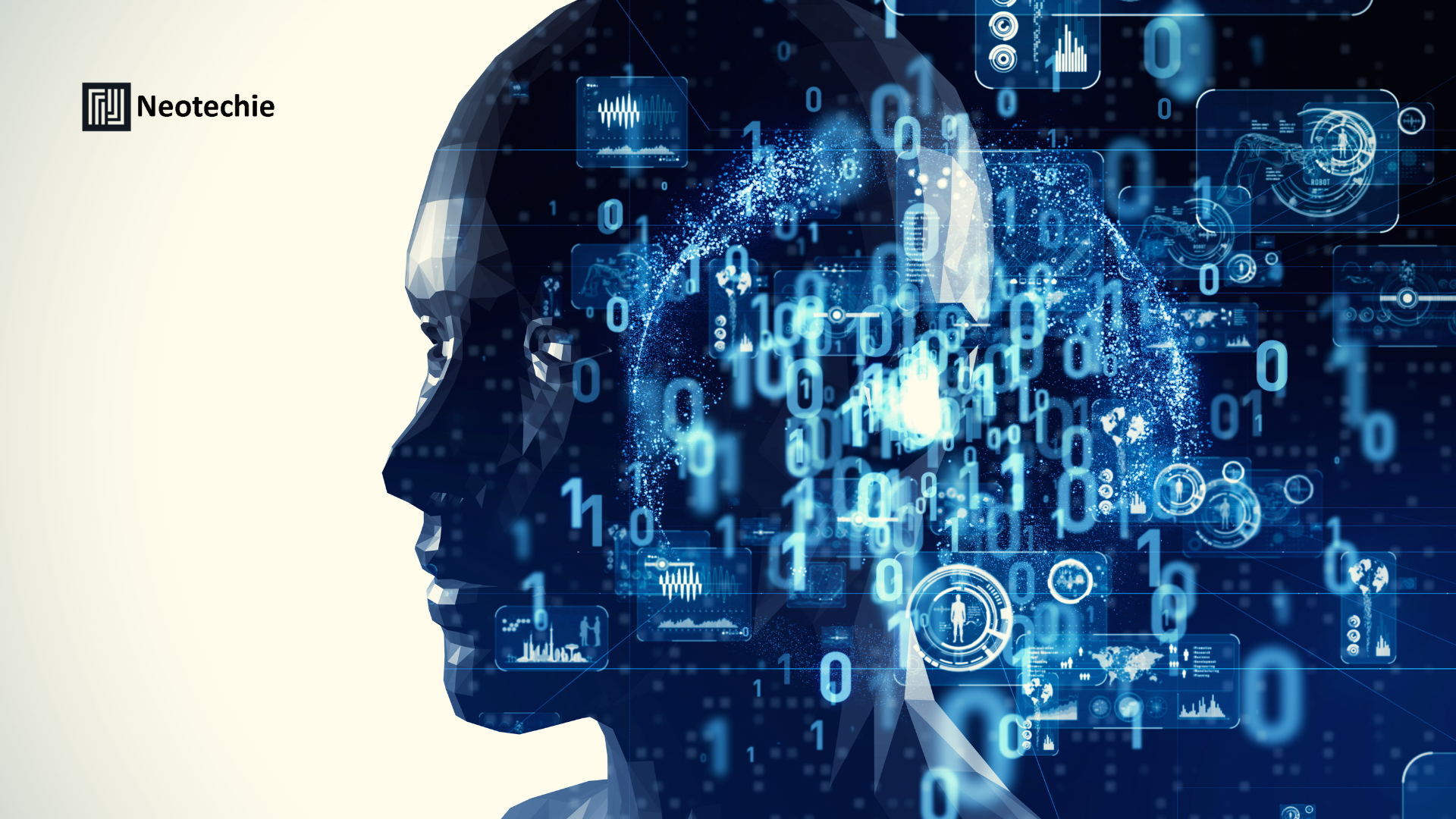Discovery bots Meets Continuous Learning – Building Self-Referral Automation Pipelines
What are Discovery bots with Continuous Learning?
Discovery bots are AI-driven agents designed to scan organizational processes, identify inefficiencies, repetitive tasks, and automation opportunities. Unlike static discovery tools, continuous learning-enabled discovery bots adapt over time, learning from human feedback, process variations, and operational changes. Self-referral automation pipelines extend this capability, allowing bots not only to detect potential automation opportunities but to generate provisional workflows, simulate them, and iteratively refine these processes based on real-world results and human input.
These bots act as proactive agents, constantly analyzing workflows across departments, flagging bottlenecks, and suggesting improvements. By combining AI with continuous learning, businesses move beyond reactive automation toward an adaptive system that evolves with organizational needs, providing agility, efficiency, and resilience.
Why Continuous Learning Discovery bots are Transformative
The transformative impact of discovery bots with self-referral automation lies in several areas:
- Proactive Identification of Automation Opportunities:
Bots continuously scan operational data to detect repetitive, high-volume, or error-prone tasks. For example, in finance, bots may identify recurring manual reconciliations, while in HR, onboarding processes may be flagged for automation. Early identification reduces manual analysis effort and accelerates the automation lifecycle. - Rapid Prototyping of Workflows:
Once tasks are identified, bots can generate provisional process outlines, simulate execution, and identify potential issues before deployment. This reduces development time, minimizes errors, and accelerates the implementation of automation solutions. - Continuous Learning and Refinement:
Feedback from human operators, process outcomes, and performance metrics are fed back into the bot’s learning loop. Over time, the system improves its detection capabilities, refines workflow suggestions, and adapts to evolving business processes, making automation increasingly intelligent and context-aware. - Cross-Departmental Visibility:
Discovery bots provide insights across multiple departments, identifying inefficiencies and integration gaps that may not be apparent locally. This holistic view enables enterprises to optimize processes end-to-end, fostering operational consistency and collaboration. - Reduced Dependency on Manual Process Analysis:
Traditional automation requires extensive human effort to map processes and identify opportunities. Discovery bots reduce this dependency, allowing teams to focus on strategic initiatives, innovation, and complex decision-making, while AI handles repetitive evaluation and process design.
How Businesses Build Self-Referral Automation Pipelines
- Data Collection and Process Mapping:
Gather operational data, process logs, and workflow documentation to provide a rich dataset for AI analysis. This helps bots understand current process landscapes and baseline efficiency metrics. - Bot Deployment for Process Discovery:
Deploy discovery bots to monitor processes across departments, capturing task frequency, durations, exceptions, and resource usage. The bots identify high-potential areas for automation, including repetitive, time-consuming, or error-prone tasks. - Workflow Generation and Simulation:
Bots generate provisional workflows for identified tasks, simulating execution to evaluate feasibility, efficiency, and potential bottlenecks. Human experts review these simulations, providing feedback to refine the workflow design. - Human-in-the-Loop Feedback:
Incorporate human validation to ensure that generated workflows align with business objectives, compliance requirements, and operational priorities. Feedback loops allow bots to learn from corrections, improving future automation suggestions. - Continuous Monitoring and Learning:
Monitor workflow performance, track execution results, and feed performance metrics back into AI models. This continuous learning ensures that discovery bots evolve, increasing accuracy, relevance, and efficiency of automation recommendations over time.
How Neotechie Helps
Neotechie enables enterprises to harness the power of discovery bots and continuous learning:
- Comprehensive Process Analysis: Deploy bots to scan enterprise processes, identifying automation opportunities across finance, HR, IT, and customer service.
- Self-Referral Workflow Generation: Enable bots to generate provisional workflows, simulate execution, and iteratively refine solutions based on human feedback.
- Human-in-the-Loop Governance: Implement validation checkpoints to ensure AI-generated workflows comply with strategic objectives, policies, and regulatory requirements.
- Monitoring and Continuous Optimization: Provide dashboards and analytics to track bot performance, refine algorithms, and enhance workflow suggestions over time.
- Driving Business Transformation: By proactively identifying automation opportunities and creating self-learning pipelines, Neotechie helps organizations accelerate process optimization, increase agility, reduce operational bottlenecks, and focus human resources on high-value activities.
Driving Business Transformation with Discovery bots and Continuous Learning
Self-referral automation pipelines transform traditional process automation into a dynamic, adaptive system. Organizations gain continuous insight into operational inefficiencies, deploy AI-generated workflows rapidly, and iteratively refine processes for maximum impact. Employees are freed from repetitive analysis tasks, focusing instead on strategic initiatives and innovation.
Neotechie ensures that discovery bots are deployed effectively, continuously learning and generating actionable automation pipelines aligned with organizational goals. This approach fosters business agility, operational efficiency, and sustainable competitive advantage, positioning enterprises for long-term growth in an increasingly dynamic business environment.

